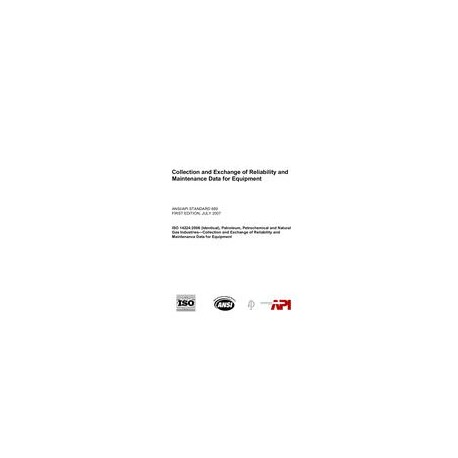Cart 0 Product Products (empty)
No products
To be determined Shipping
$0.00 Total
Product successfully added to your shopping cart
Quantity
Total
There are 0 items in your cart. There is 1 item in your cart.
Total products
Total shipping To be determined
Total
New Reduced price!  View larger
View larger
 View larger
View larger IEEE 11073-20701-2020
M00010656
New product
IEEE 11073-20701-2020 ISO/IEC/IEEE International Standard for Health informatics--Device interoperability--Part 20701:Point-of-care medical device communication--Service oriented medical device exchange architecture and protocol binding
standard by IEEE, 03/30/2020
In stock

